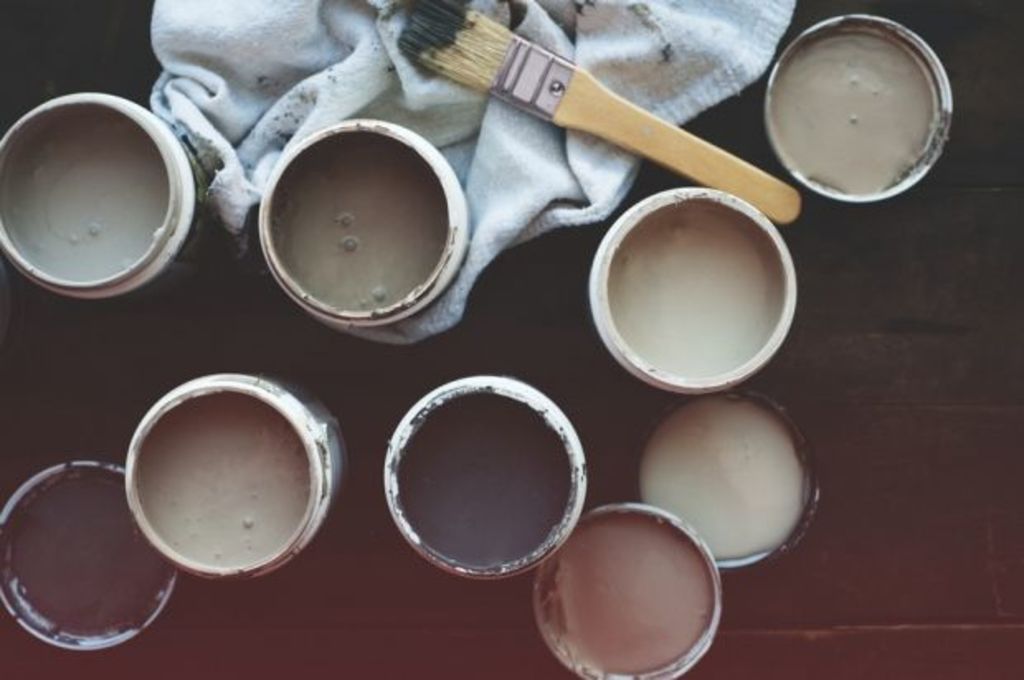How to choose the right paint colours for your home

Painting your home can be a huge expense and take a lot of time and energy to get done. When so much is at stake, you’ll want to be sure your colour selections are spot on.
I’ve lost count of the number of people I’ve talked to who chose their colours from a two-centimetre-square colour chip, then paid upwards of $10,000 to have their house painted in the colour before realising it wasn’t what they wanted.
There are a few fairly simple ways to decide what colours to go with what when painting your home.
Firstly, consider the style of the home. Does it lend itself to bright or dark colours? Or would you be safer with a light-coloured neutral?
One thing I like to do when researching colours for my clients’ homes is look on the internet. Google Images is fantastic, as are Houzz and Pinterest. Type in the style of your home and see what pops up. Or for exterior colours, try searching under the material the house exterior is made from – for example weatherboards, brick, or render.
Another way to get ideas for interior colour schemes, especially, is to visit show homes. Seeing colours in the flesh is a much safer way to make your selections unless you’re doing it multiple times each week, as I am.
A super-quick paint job of the just the besa-block base and retaining wall modernises this home. Photos: Hotspace Consultants
If there are similar style dwellings in your suburb or nearby, have a drive around the streets for ideas.
I always select colours for the entire house, inside and out, before hitting the paint shops. A cohesive and comprehensive colour plan is essential. This means that there should be some kind of colour link from each room to the next; and from the interior to the exterior and vice versa.
Now you know the look you’re after, the tricky part can be choosing the exact colour you need (from a two-centimetre-square sample, no less). You could try asking the paint shop assistant (preferably if they have some design training), or even ask the people whose homes you like in your neighbourhood (I have done this!). Or an interior designer or architect will be able to help you (though of course they will expect payment for their advice).
There are some general “rules” for choosing colours, so remember these if you opt to make your own selections:
1.
Colours generally appear brighter when they’re painted in a larger area, compared to on a small chip;
2.
Light, cool and pale colours recede and make a room look larger;
3.
Dark, deep and warm colours generally make a room look smaller and cosier, but this is not necessarily a bad thing – many spaces call out for dark, rich colours.
Lastly, do a final check with test pots before purchasing your paint and beginning your transformation. Paint large pieces of paper or card, then stand back and blur your eyes to get an idea of the effect your selected colour is going to have.
Jane Eyles-Bennett is renovation mad and has been a professional designer for 23 years. She was a renovation designer on the TV series Property Climbers, has won several interior design awards, and has been design consultant to over 600 property owners in the past nine years.
Have a renovation or design topic idea? Contact Jane at jane@hotspaceconsultants.com or via her website.
We recommend
We thought you might like
States
Capital Cities
Capital Cities - Rentals
Popular Areas
Allhomes
More







